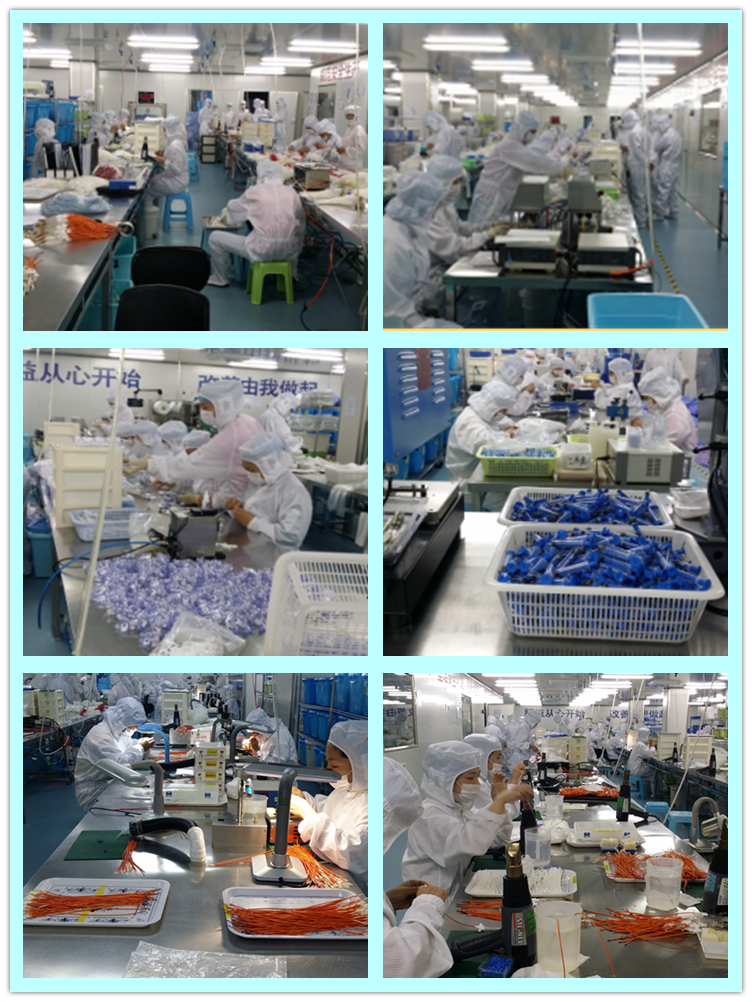Current cotton pest control
First, the degree of occurrence:
Cotton moth incidence level 3-4, cotton aphid 2-3, cotton aphid horse 2-3, tobacco powder
è™± 3-4 grade, 3-4 grades of Verticillium wilt, and grade 1-2 of 3rd generation bollworms.
Second, the main basis:
1. According to the survey, the number of insects in the cotton cocoon was 34, which was 1.7 times that of the same period of last year. The rate of cocoon strains was 21.6%, and the number of insects per plant was 23.0, which was slightly lower than that of the same period of last year. 3.3%, 9.2 heads of 100 insecticides in whitefly.
2. My cotton production area encountered continuous heavy rain, heavy rainfall, suitable temperature, and high humidity in the field, which is conducive to the occurrence of cotton blind plague and yellow wilt disease.
3. There are more cotton sowing methods this year, and the growth period of cotton is inconsistent, forming a continuous food chain, which is conducive to the occurrence of insect pests.
4. This year, the common nutritional growth of cotton seedlings is prosperous, which is conducive to the occurrence of diseases and insect pests.
Third, the main measures;
1. Drain the drains in time, ridging the soil, and grab the fine field foliar fertilizer (cotton strong king, etc.) that is sprayed on the field in sunny days.
2. Strengthen the maintenance of the moth and moth facilities in the cotton field to ensure the light trapping effect.
3, cotton aphid to 25% acetamiprid or 5% pymetrozine-based, and concurrently cotton aphid and cotton thrips.
4. Control of browning and wilt disease with 25% pyrimidine nucleoside 100 ml Add carbendazim 40 grams, all field spray.
5. Cotton spider mite and cotton bollworm are treated with 1.8% avermectin 3000 times liquid. (Hubei Dangyang Agriculture 110 Zhu Liqing)Antimicrobial central venous catheters are discussed as a device to reduce catheter-related infections. Previously we have reported a study with 223 adult surgical patients randomized to receive either a rifampicin-miconazole-loaded Central Venous Catheter (CVC) (n=118) or a standard CVC (n=105). The antimicrobial CVC was shown to reduce catheter colonization (CC) and catheter-related local infection (CRI) significantly even at long-term catheterization. Here, we present further evaluation of the study focusing on possible benefits for high-risk patients. Subgroup analyses showed a pronounced reduction of CC and CRI in male, overweight and oncology patients. Important covariates were skin colonization for CC and oncological disease for CRI. Odds ratio (OR) for reducing CC was 0.076 (95% CI: 0.016-0.360) and CRI was reduced from 26% to 2.3% (p=0.001) in the cancer subgroup. Ex vivo long-term antimicrobial activity of modified catheters exceeded 4 weeks.
*Related Products:Anti-microbial Central Venous Catheter Kit,Anti-microbial Central Venous Line Kit.



Antimicrobial Central Venous Catheter
Anti-Microbial Central Venous Catheter,Anti-Microbial Central Venous Line,Central Venous Line,Anti-microbial Central Venous Catheter Kit,Anti-microbial Central Venous Line Kit
Anesthesia Medical Co., Ltd. , http://www.sinoanesthesia.com